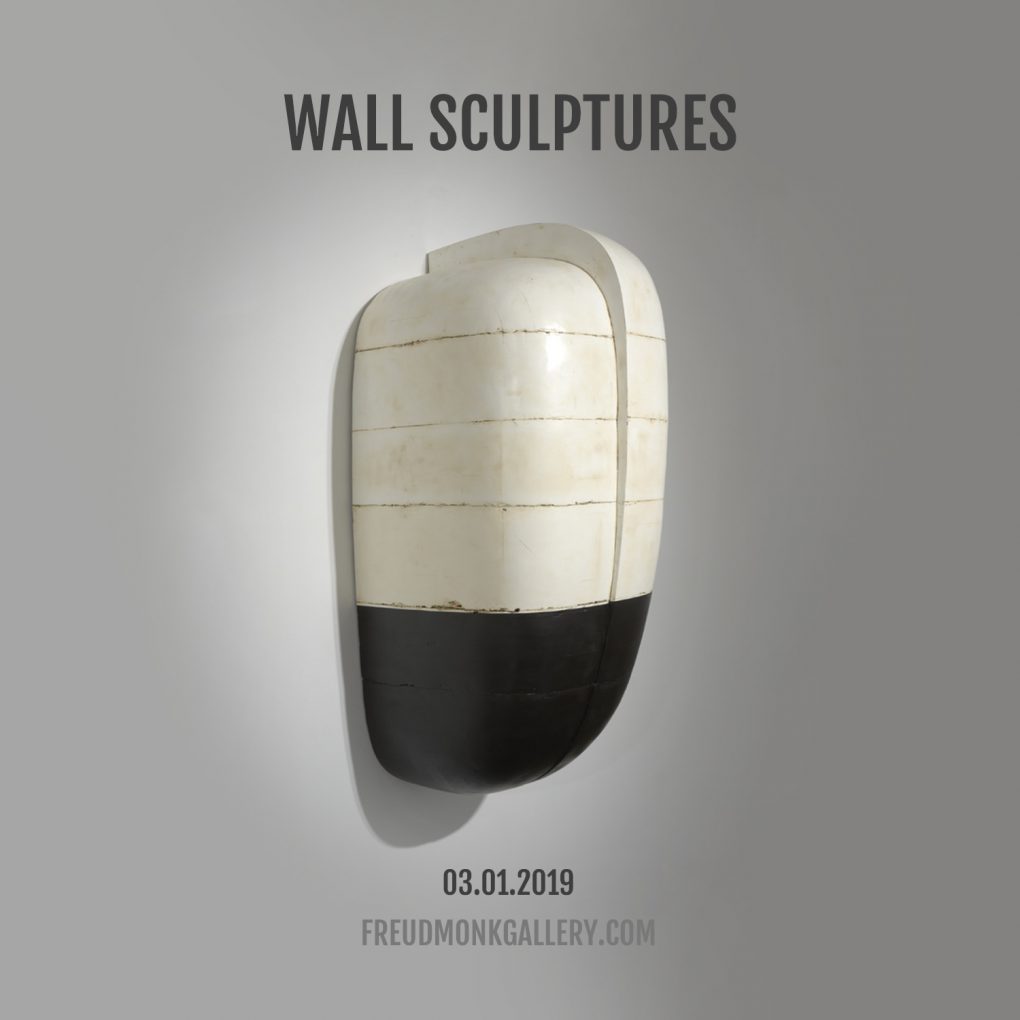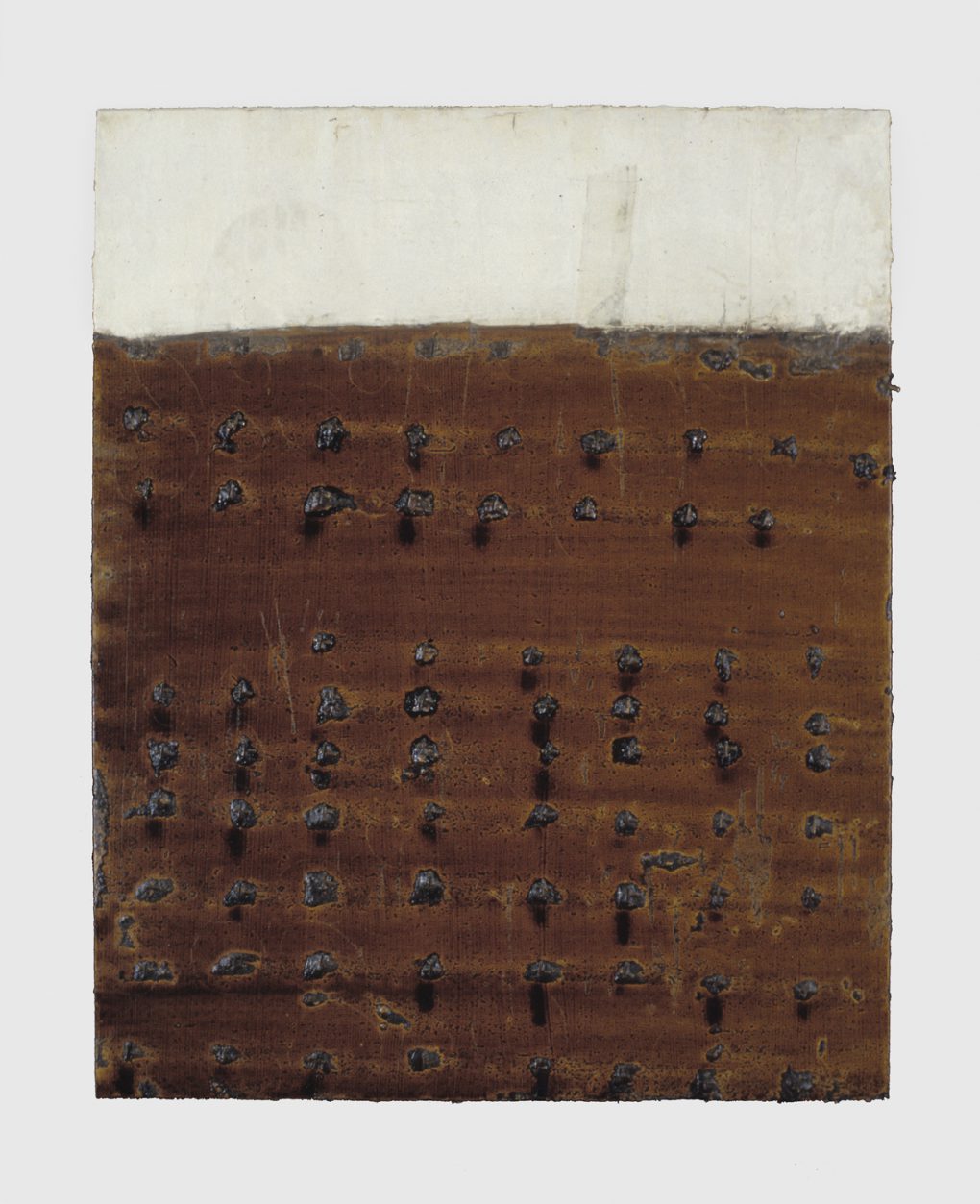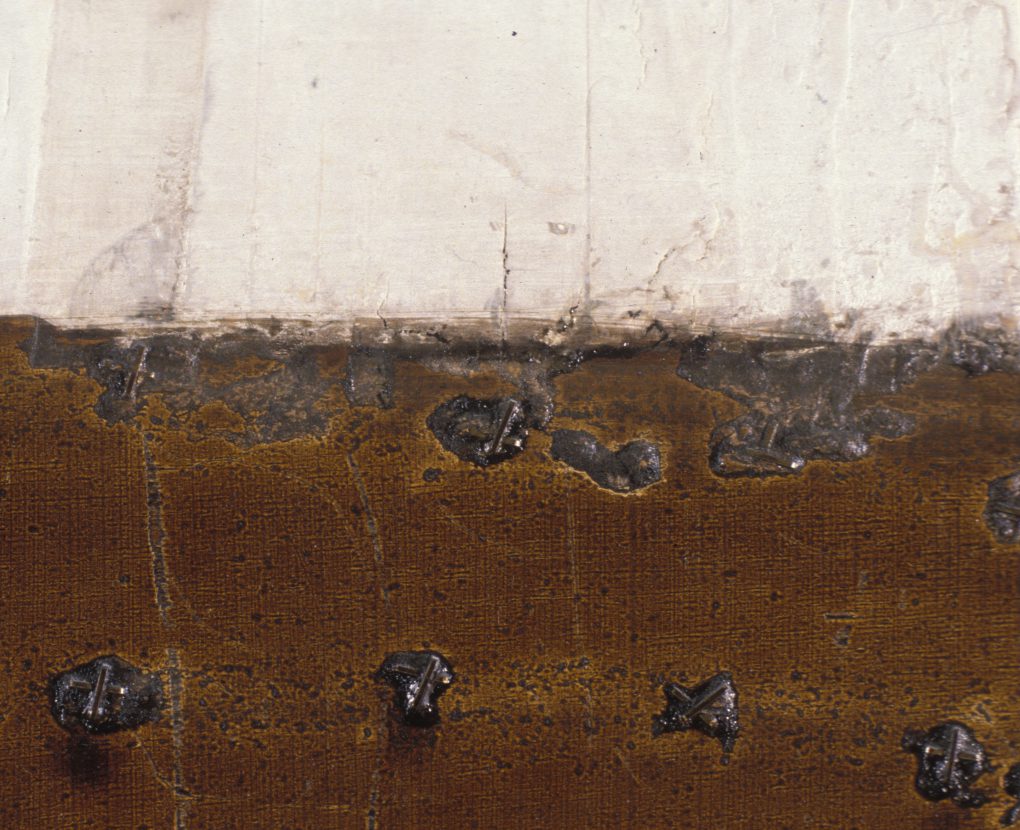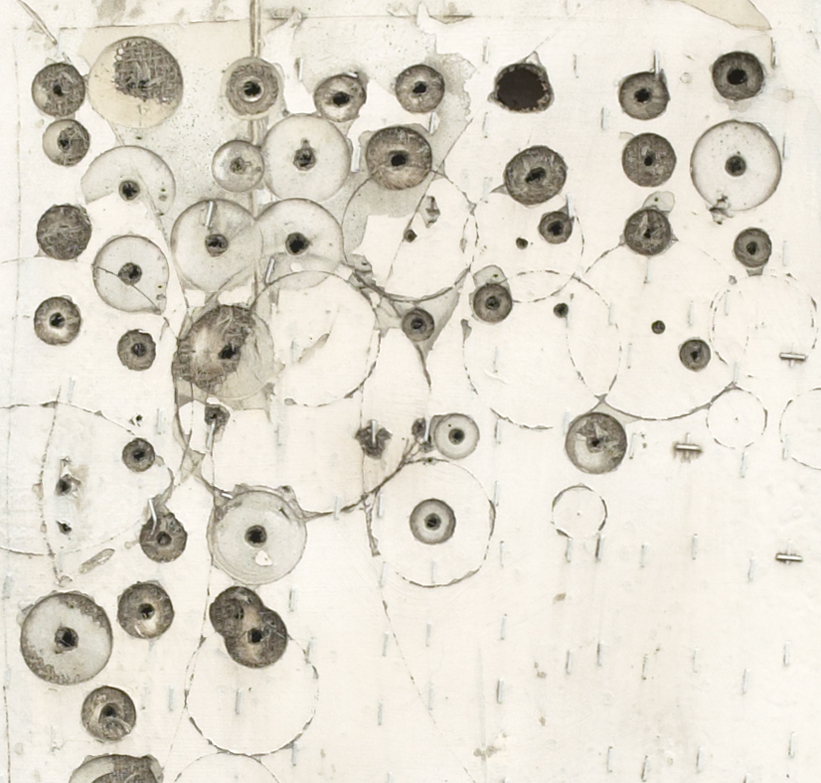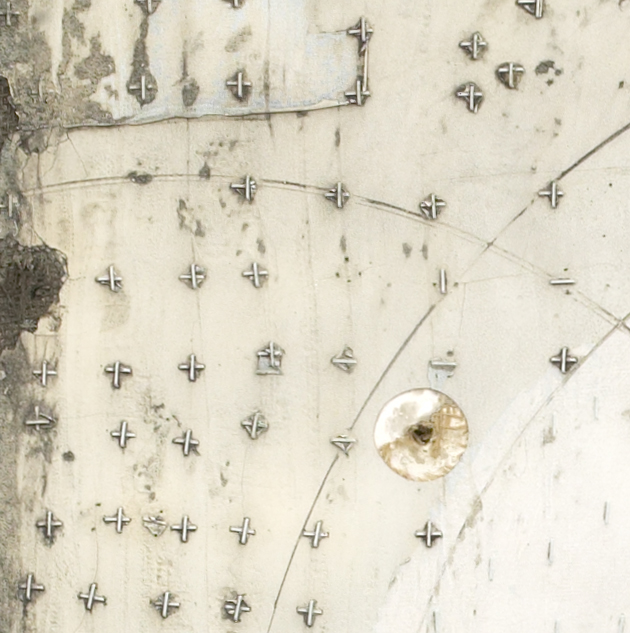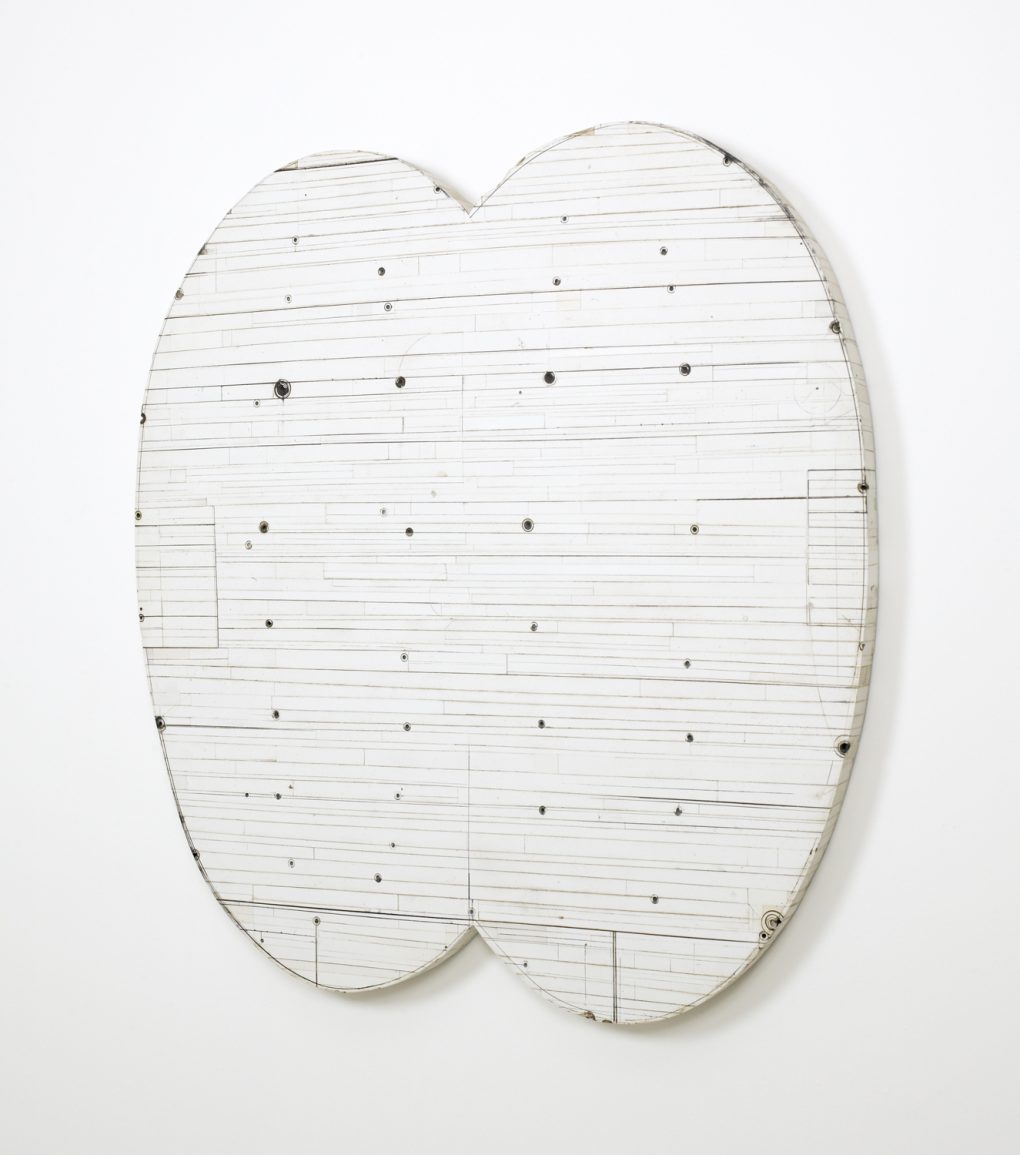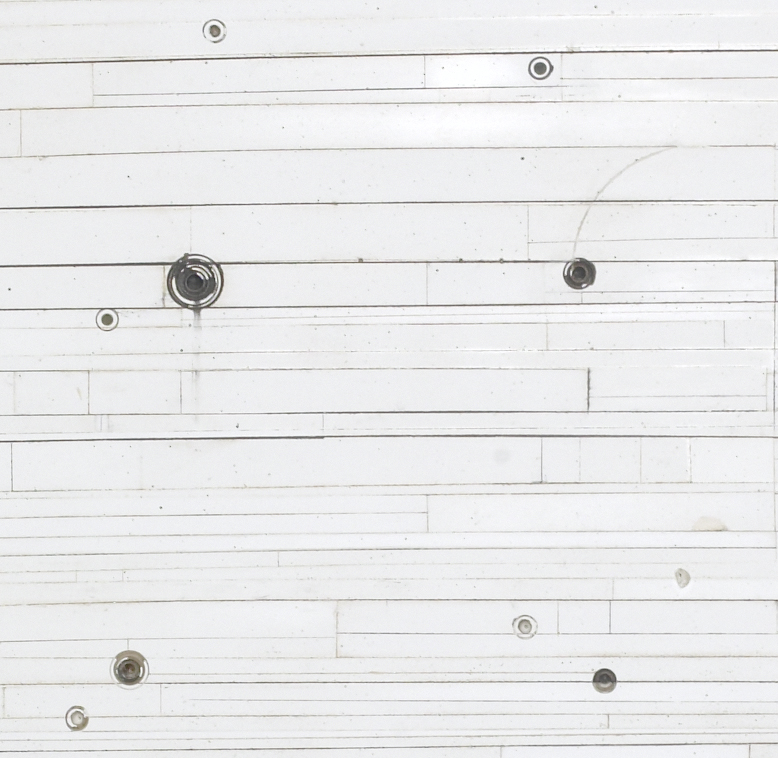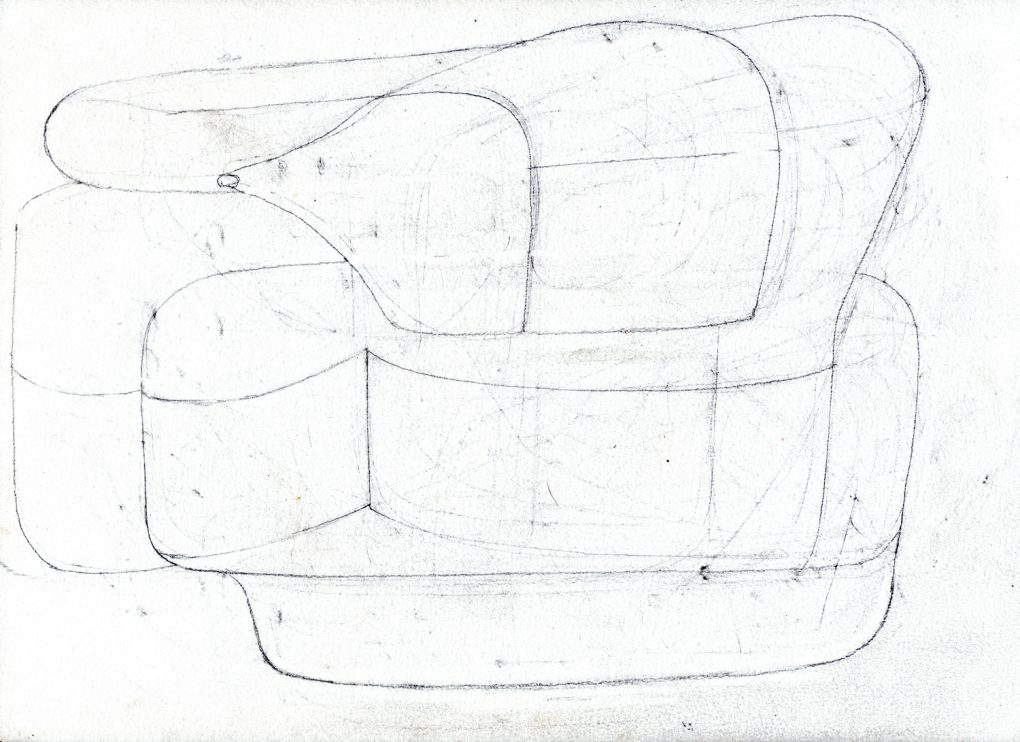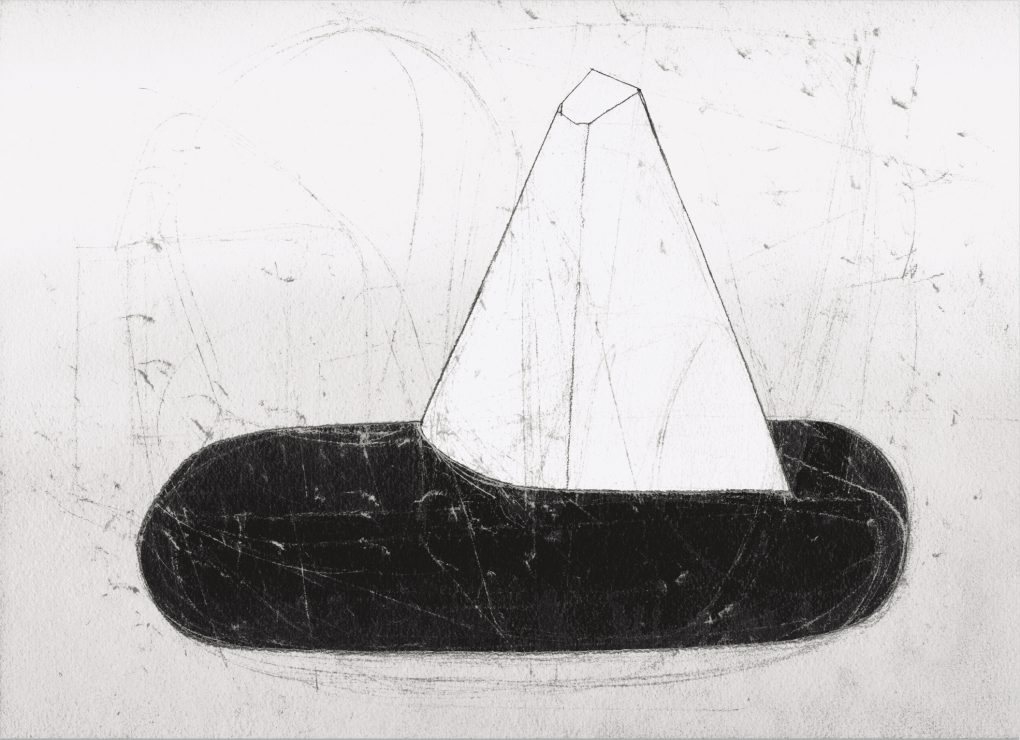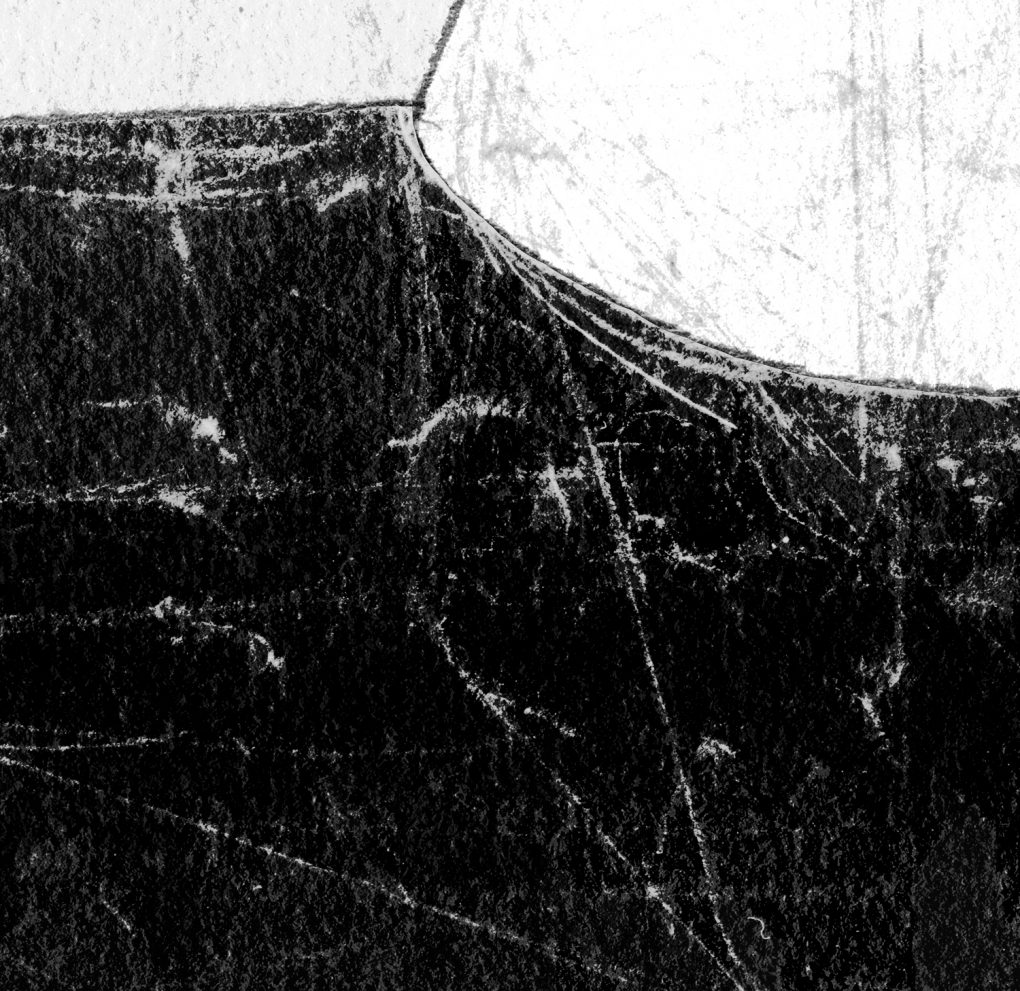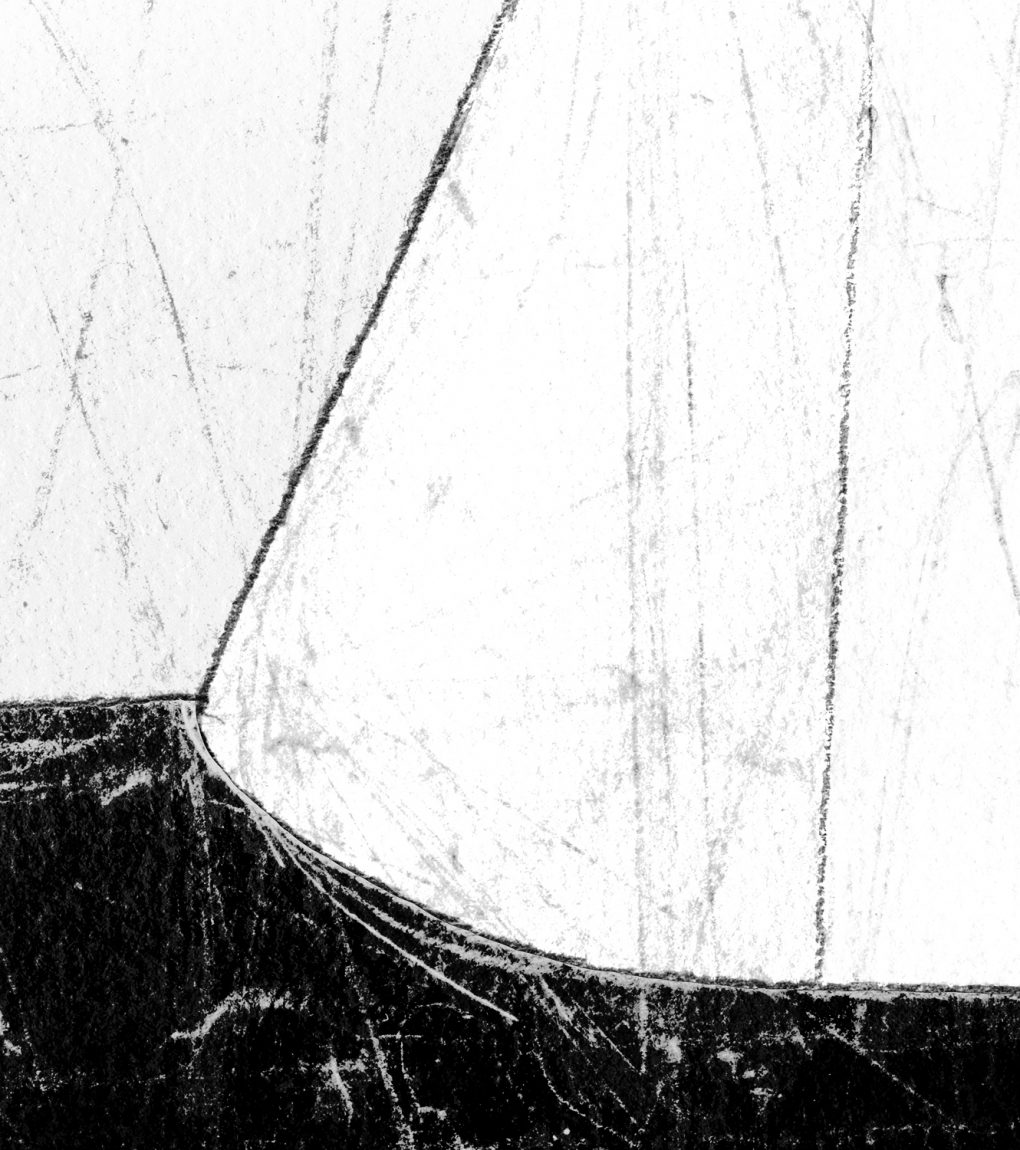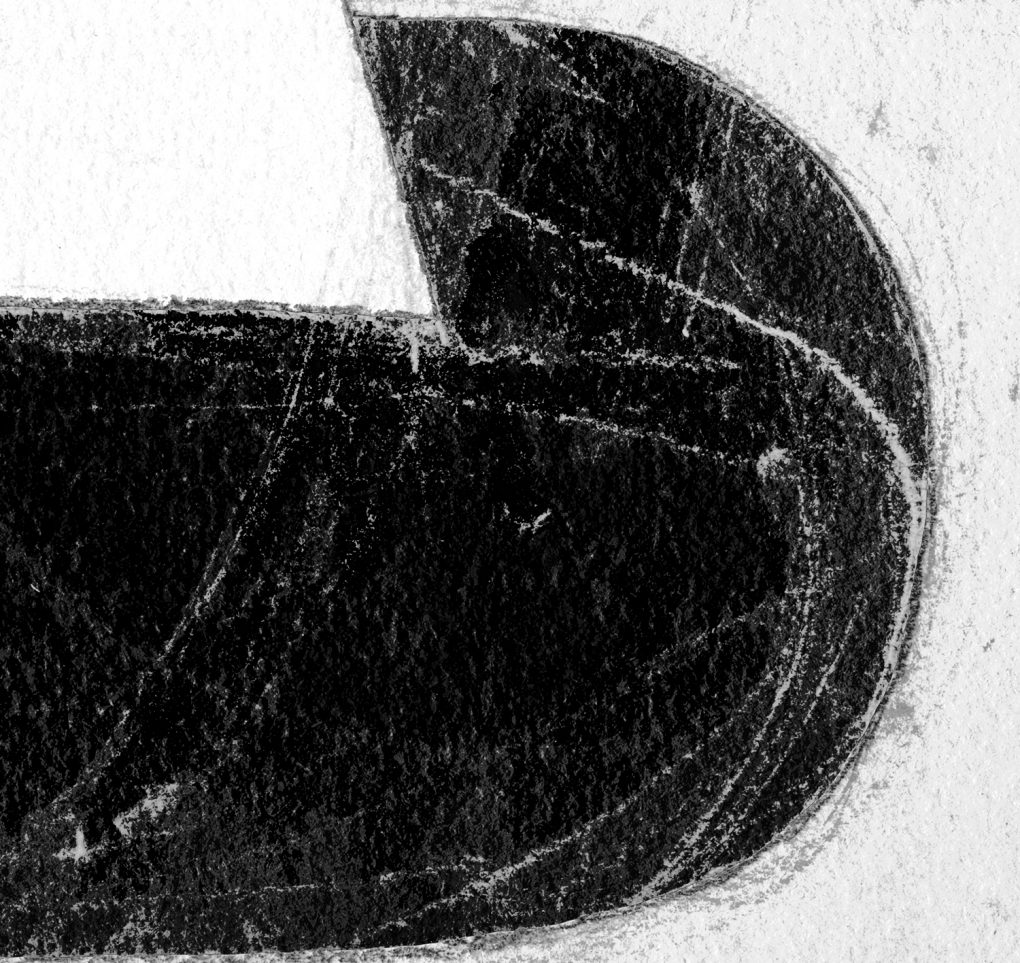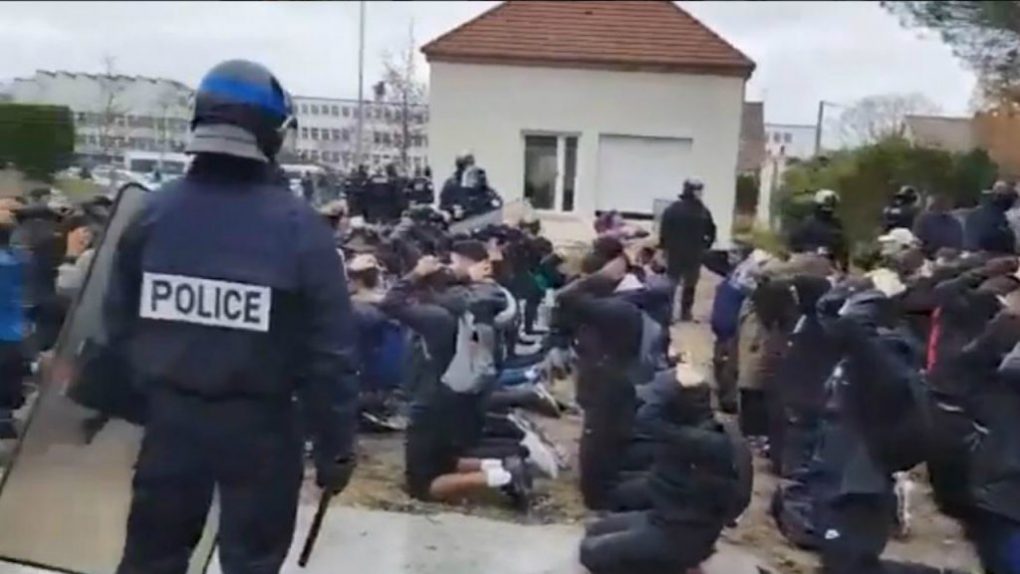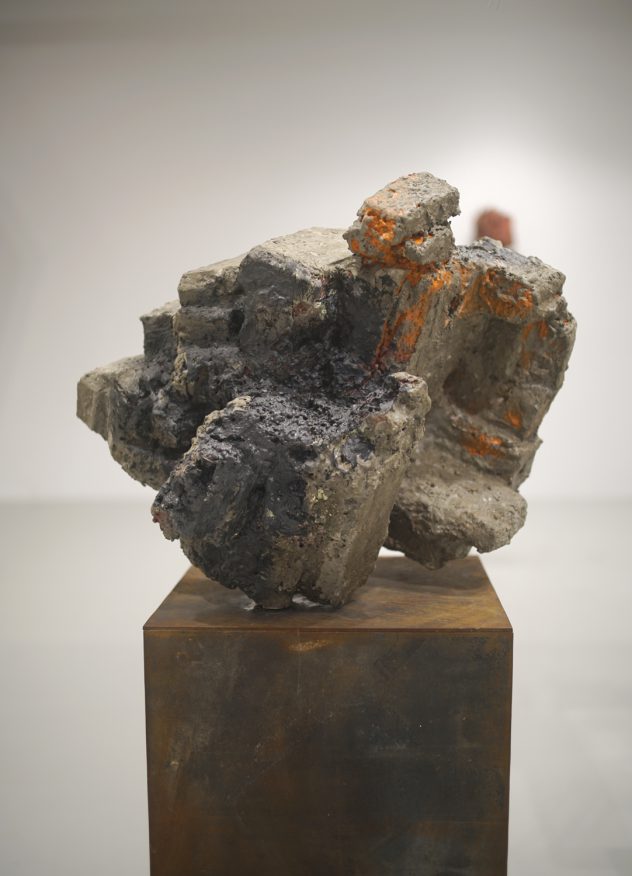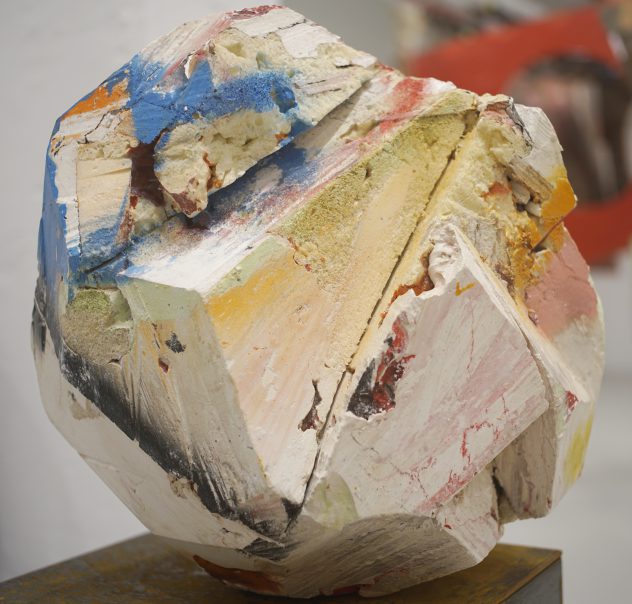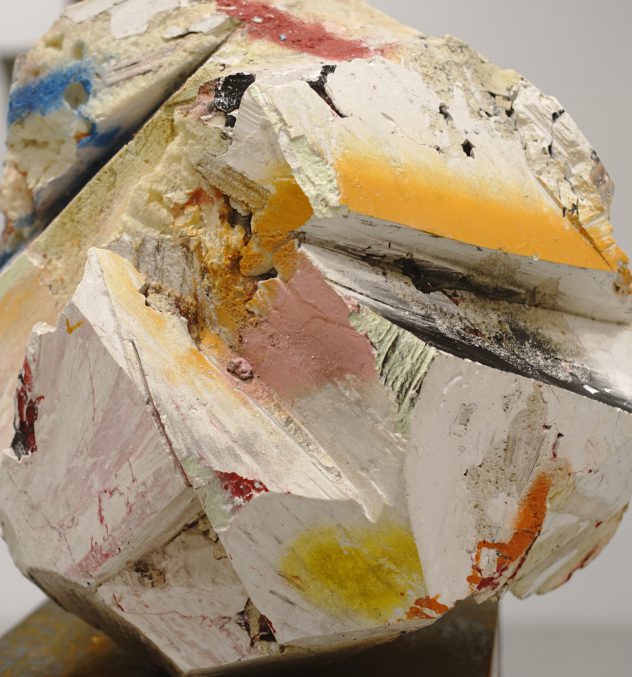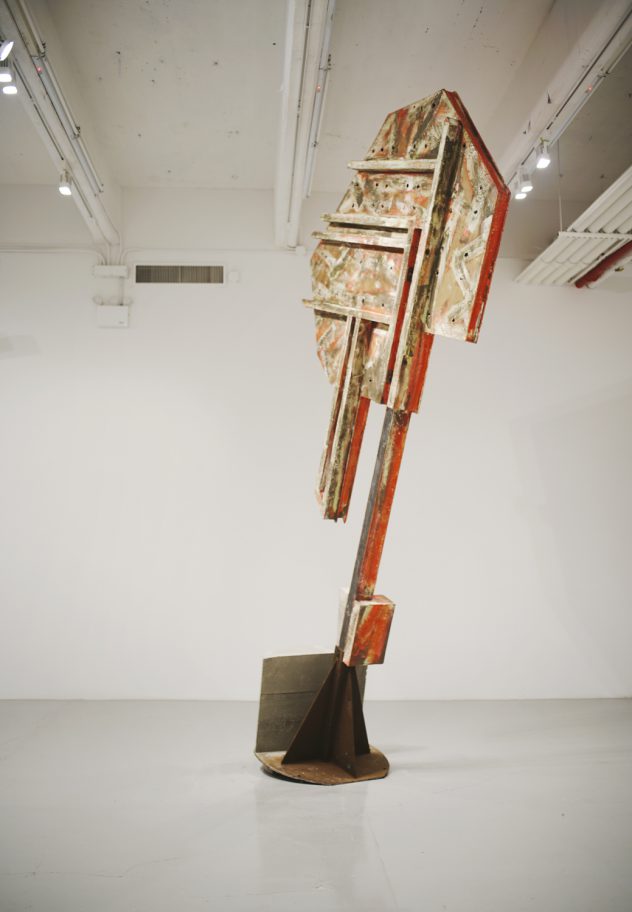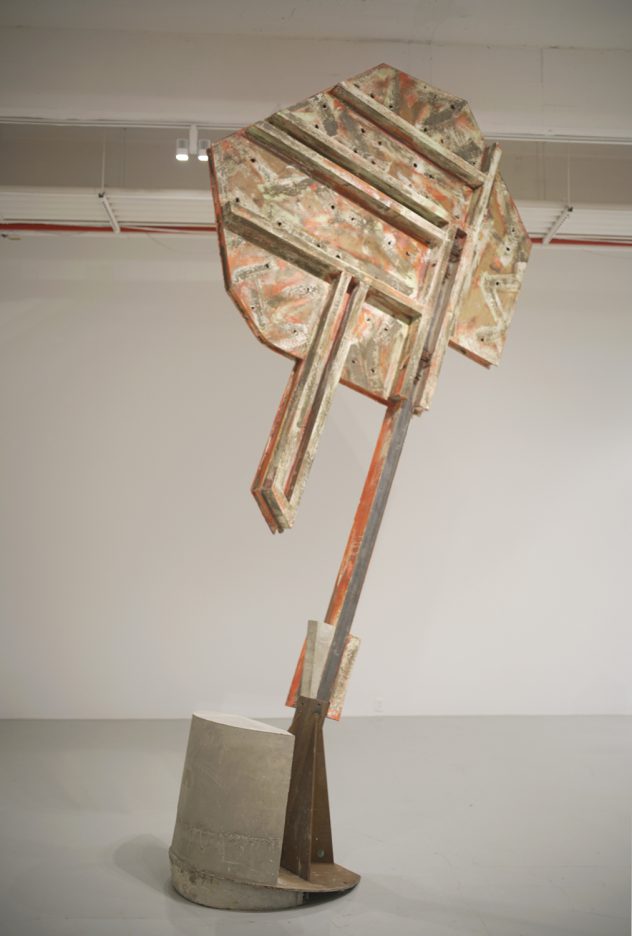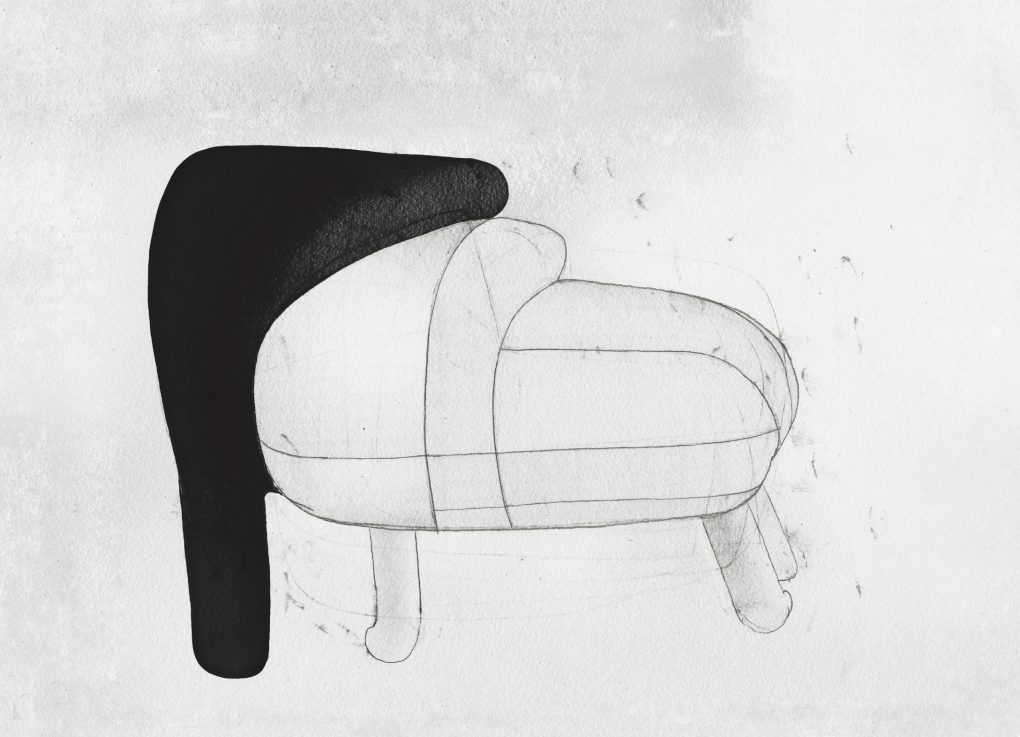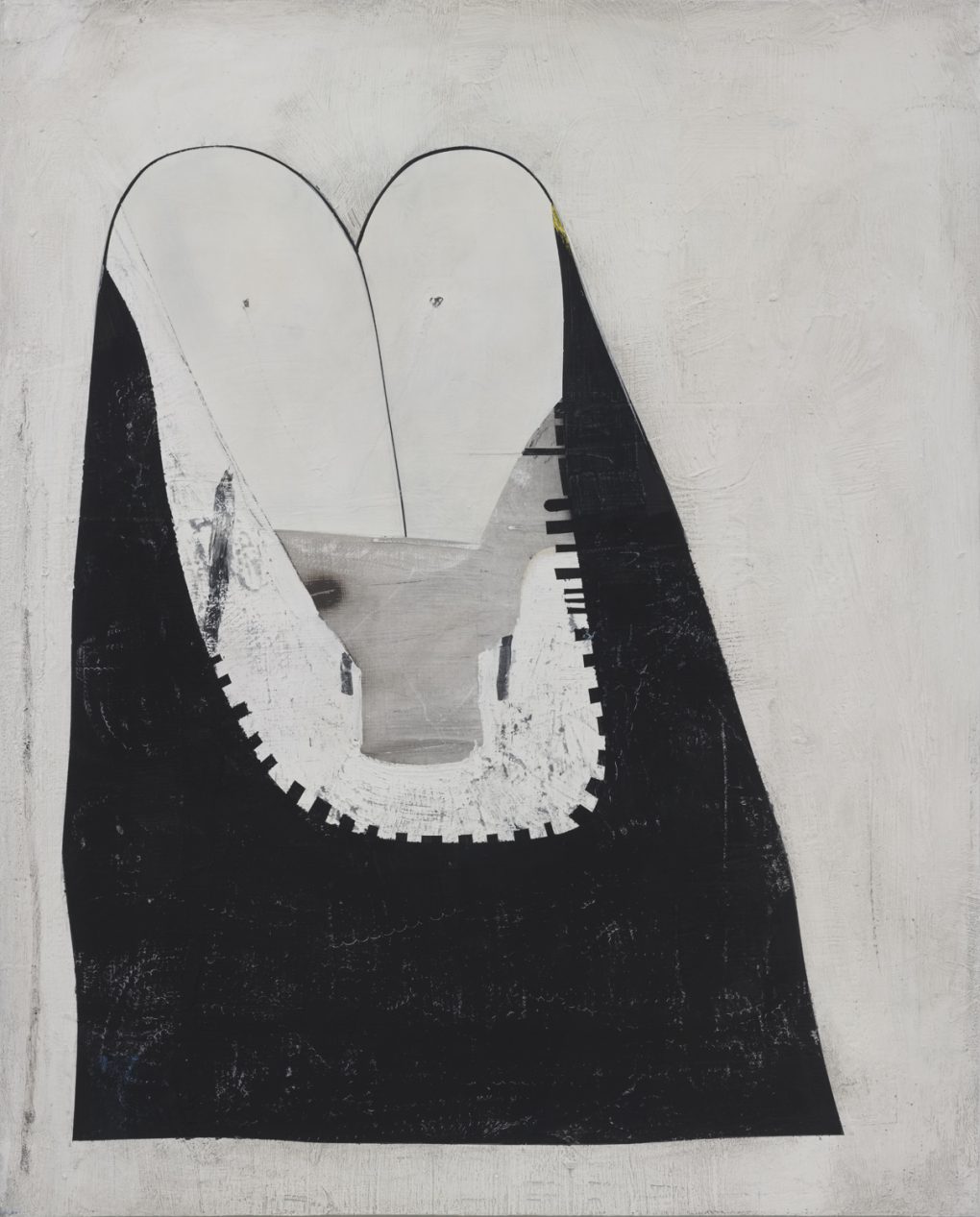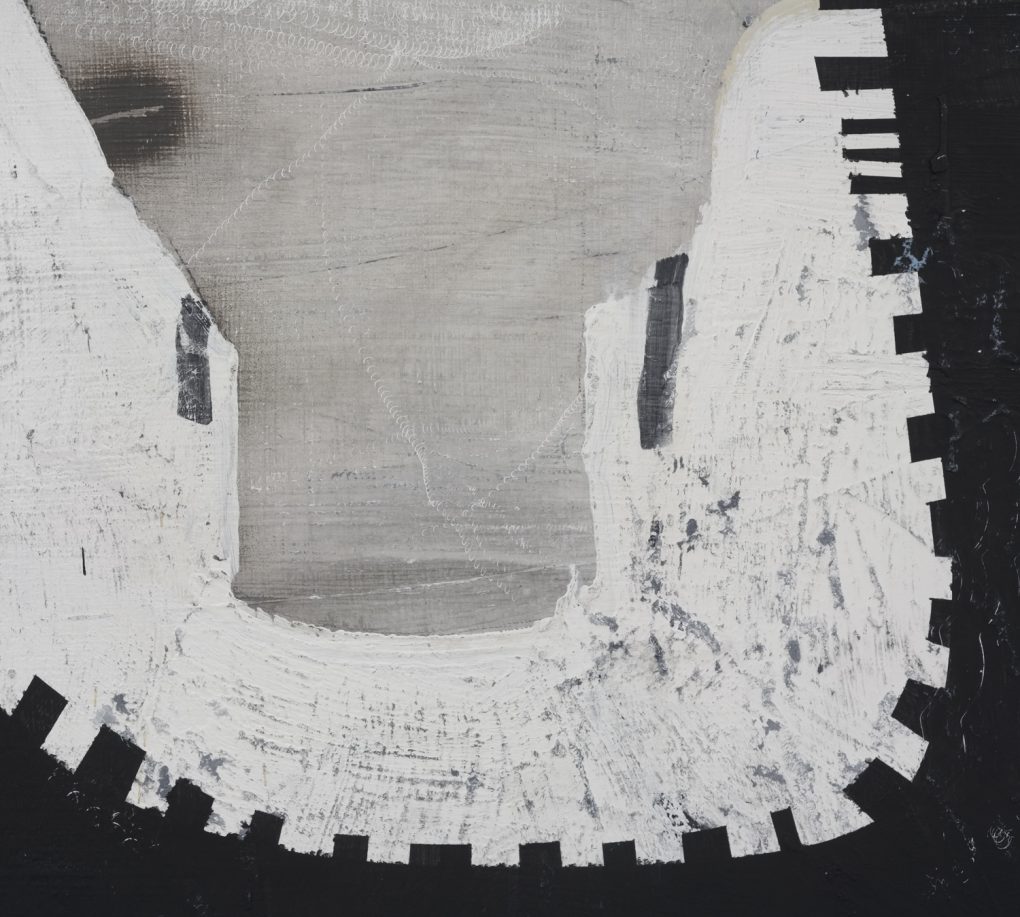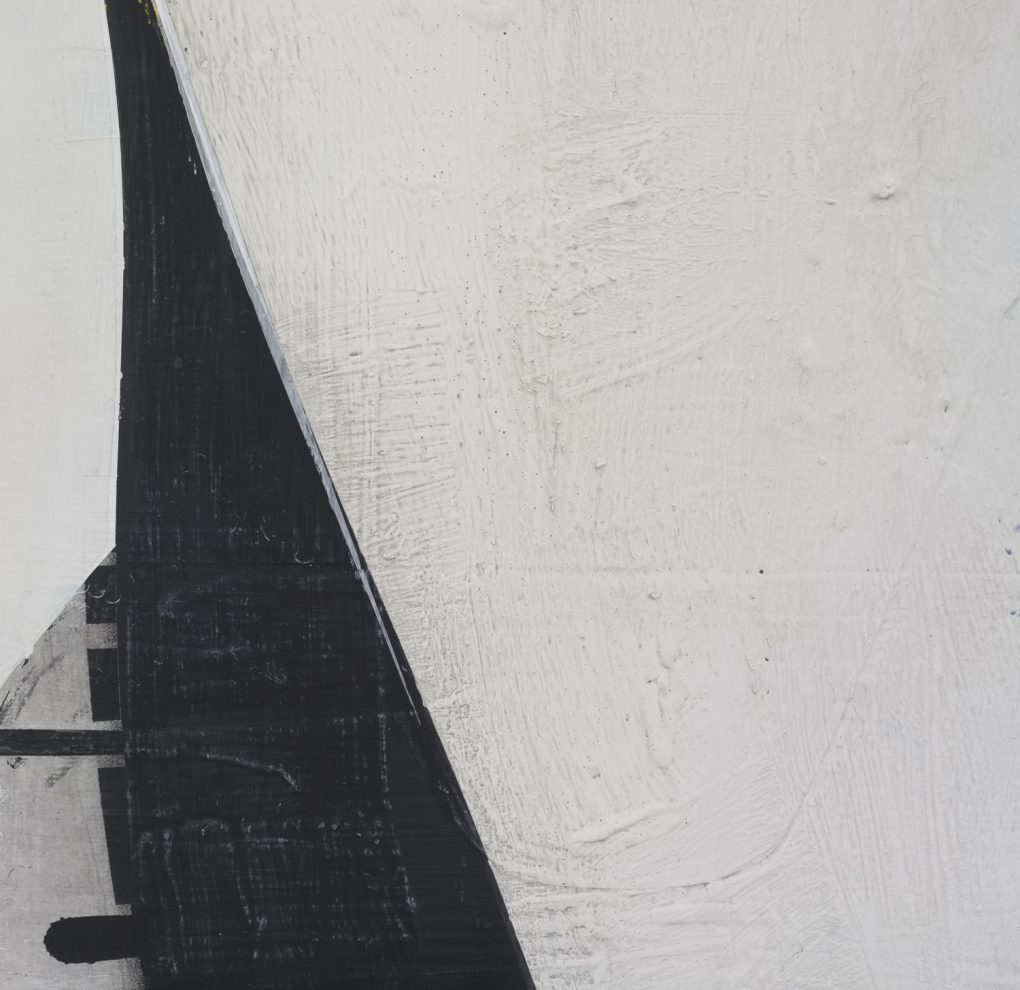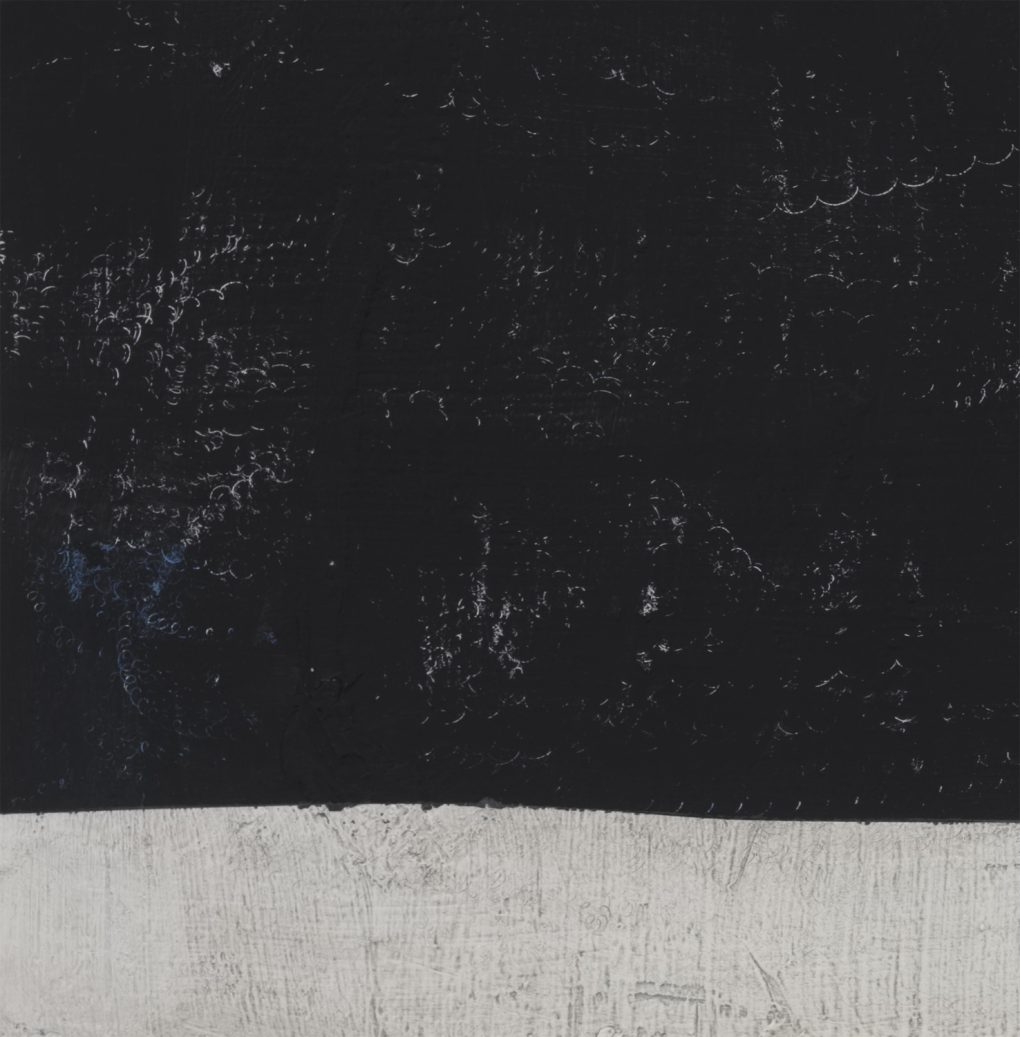-
Wall Sculptures at Freud Monk Gallery
Freud Monk Gallery is having an online exhibition of wall sculptures which opens on March 1st. They are showing some of my pieces.
I’ve been enjoying their Instagram posts and the site has intriguing interviews by the artists in the current show. Sign up for email notification at their site. Their page has a link: @freudmonkgallery
-
#1 and #2 added to the site
Two of my oldest pieces #1 and #2 have been added to my site. I remember starting to work on #2 while I was in the graduate program at University of Maryland in 1995. I remember continuing to work on it at the Fine Arts Work Center in Provincetown. Although the pieces were added to the sculpture section at the site, when I started to work on them I had no ambition of embarking on making “sculptures”. I was merely moved by phenomenon after phenomenon appearing and disappearing on the work surfaces. I was interested in an object-like quality—as opposed to a window to look into an illusionistic-paint scape. I was taken by texture, scratch marks, peeled paint and chunky paint blobs. Instead of working on canvas, I started to work on wood panels (hollow core doors were cut into appropriate sizes with the ends refinished) so that I could dig into them, staple them, bore holes and bang on them. I also built the surface with burlap and plaster for more texture. The layers and my improvisation on them revealed many intriguing visual narratives. It completely captivated me that I could speak with my work. #1 was documented with slide film so it has the soft, grainy look. Remember shooting slides, making dupes and sending them out? All the rejection letters? Lol.
#1, plaster, tar and wood, 24″ x 19″, 1995
#1 detail view
#2, acrylic, burlap, enamel, plaster, tar and staple, 36″ x 36″, 1995
#2 detail view
#1 detail view
-
#32 added to the site
A piece from 1998-2001 has been added to the sculpture section of my site. I’ve been conscious of the fact that many people who look at my work do so through the Internet. I’ve learned how to document the work and I believe I’ve done a decent job. But obviously, looking at the work through screens with their limitations curtails the appreciation. Certain pieces will appear better than others as some aspects are easier to perceive than others on screen. It is completely impossible to convey the significance of certain others. But having said that, it is absolutely mind-blowing that we do more or less recognize visual languages across the globe while many of us don’t even speak the same language. Our governments might even consider your governments “enemies”, building nuclear weapons, badmouthing peoples based on their nationalities and so on. But we have the same language to build our friendship.
#32, enamel, oil, plaster, tar and wax, 38″ x 36″ x 1.75″, 1998-2001
-
A drawing for a new piece
I’ve started making a new large sculpture a few months ago. It’s still at a planing stage but I am quite excited about the it. Making #82 taught me a lot in terms of the material and how to express two dimensional drawing as a three dimensional object. Right now, I’m still struggling with a model. Here is a drawing of it.
-
New Print B18-03
I was so frustrated with this one that when I finished it the sense of relief overwhelmed my sense of accomplishment. But it’s always profound to capture something indescribable speaking so decisively. Practicing art making gives us courage to face the unknown, embrace it and appreciate it. If there is truly an essential meaning in “art education”, that’s what we can offer—to see the world for what it is, with the unknown, complexity, bigger dynamics, smaller dynamics, layers, interconnectedness and all to be constructive. Such an angle helps us to be a part of harmony for all, instead of a part of exploitation and subjugation for few.
-
Where do we stand to stand for humanity?
The image of French children with their hands behind their heads kneeling before heavily armed military police compellingly signifies the mechanism of capitalism.
Children are our future. Their courageous burst of humanity against injustice, exploitation and subjugation is a bright hope of our future. The system brutally mutilates it off of children with a sheer force of violence as they push them into an imperial cage of corporatism, colonialism and militarism.
The savagery of this act signifies the whole scheme as a domestication of humanity in harvesting profits off of the people.
The global capitalist hierarchy of brutality is facing itself as it relies on fear to maintain “democracy”, “freedom” and “humanity” within the cage. They were once head-chopping colonizers in Algeria. They destroyed Libya in a brutal armed robbery, massacring countless innocent people. As they fail to destroy Syria, the self-destructive momentum of contradictions and hypocrisy viciously assaults its own people.
We the artist face the dilemma of expressing what it is to be humans while firmly being stuck in the framework of corporatism, colonialism and militarism. We all struggle to find our own balance to stand in this precarious time. For all of you who struggle, I would like to say that you are not alone and I thank you for your struggle.
-
Escape From Themselves by John Steppling
In News onIn a world where obvious fraudsters play God, hellbent on domesticating the people in their invisible, yet potent, imperial cage of corporatism, colonialism and militarism, people suffer from various forms of mental deformities, engaging in psychotic defenses acting as unconscious as well as conscious gatekeepers of the very oppressors.
How then, could we raise and mobilize our awareness against this destructive trajectory of neo-feudal, neo-caste, neo-colonial system of capitalist hierarchy? And for artists, how do we share the essence of what it is to be humans when our lives in the cage blind our true potentials and our true missions to be humans?
John Steppling’s latest blog post focuses on how the authoritarian hierarchy imposes us various feelings of guilt, which in turn, manifests in alienation, depression, anger and ultimately a form of complacency within the framework. The elaborate mechanism of the domination creates an extraordinary circumstance for artists. How do we even do what we do?
John suggests that artists take a deep breath and reflect, for such a realization can be a catalyst in prompting a true growth as artists of our time.
